Escape rooms are team building activities that will get kids reasoning and developing problem solving skills by creating your own escape room. These puzzle ideas will help you make a perfect escape room for kids.
Escape Room Puzzle Ideas for Kids
Puzzle clues require kids to use some critical thinking skills to solve puzzles. These activities are great to build teamwork and cooperation skills among children. Puzzle clues are cheap or free and easy to create.
Coordinates Grid
Use a coordinates grid by matching the letters and numbers for example A1=A and B1=G. This grid works well to find the coordinate code for a combination lock or to spell out a hint or clue.
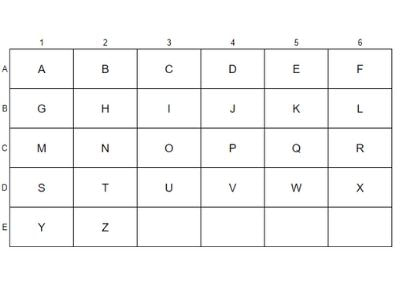
Periodic Table Puzzle
If you do not already have a copy of the periodic table print one and hang it in the escape room. You can use the periodic table in two ways.
First, you can use this puzzle for a number combination lock. To do this write the names of elements that match the number combination code. Hydrogen = 1, Helium = 2, Lithium = 3 etc.

The second way you can use the periodic table as an escape room puzzle is for a word or letter code. Again you present a list of elements, but this time the answer will be a word. For example: Cobalt, Yttrium, Oxygen, Tellurium would spell “Coyote”.
Cipher Code
You can use this puzzle with a word combination or clue. A cipher is fairly easy to use once you understand how it works, but it can be hard to figure out if you have never used one before.
Print this cipher from Allfortheboys.com. Cut out the circles line up the smaller circle inside the larger circle. Push a brass tack through the center of both circles.
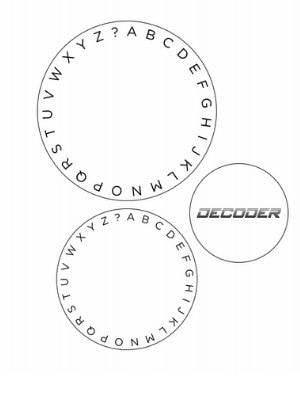
Your Clue or hint may look something like this:
P=F
LYYU CRUBV
Which means line up the outside P with the inside F.
Then you look at the corresponding letters L=B Y=O U=K and so on.
Prop Escape Room Ideas for Kids
Prop Puzzles are clues or hints that require special items. These puzzle are what make escape room for kids most enjoyable. The prop puzzles below range in price for any budget, the links in the following section are the best priced items I could find on Amazon.
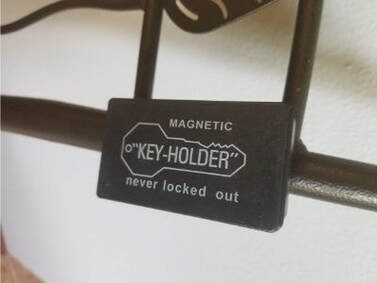
Magnetic Key Hider
Use this prop to hide a key, or a secret message. This magnetic key holder is a great way to hide important props. I’m pretty sure that this is supposed to be used to to hide keys under cars but you can stick it to anything metal.
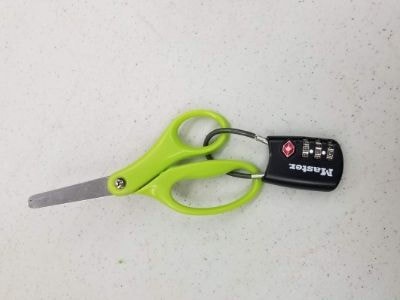
Locked Scissors & Zip Ties
You can use a letter, number or key lock for this puzzle. Use a lock to hold shut a pair of scissors. Zip tie shut a container, cupboard doors, etc. Kids need to find the code or key to unlock the scissors and cut the zip ties.
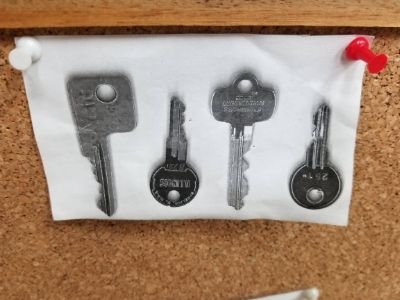
Misleading Keys
You can use this puzzle with number or letter combination locks. Find 6-10 random keys. (I asked our school custodian for any misfit kits and he was happy to get rid of a few) for each key you will need a key ring. In addition to the key and the ring you will need a small piece of cardstock about 1”x 1” hole punched in the corner, one for each key. On the cardstock pieces write the letters or numbers of the combination lock. On the remaining pieces write random meaningless numbers or letters.
Select the most unique looking keys, one per letter or number on the lock, set the rest of the keys aside for now. Copy the keys in the copier or take a photo of the keys and print it off.
Keep the keys in order of the copy or photo and add the letters or numbers to the keyring in the correct order. Add the random numbers or letters to the remaining keys. Place the copy or photo somewhere in the room. Then hide all of the keys. The kids will have to find the keys, determine which ones are important and put them in order to find the code.
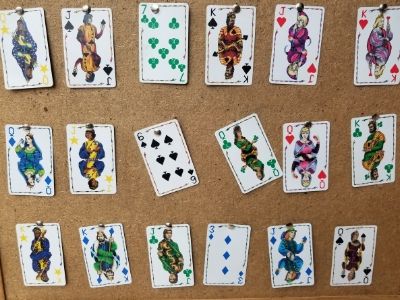
Numbered of Playing Card
Use this puzzle with a number combination lock. On the back of a cork board, dry erase board, or large wall decor tape or pin numbered playing cards. Place Kings, Queens, and Jacks on the board along with the 3-4 numbered cards that represent the numbers from the combination code. Place the numbered cards in order of the code. The extra cards make it so that kids have to really look at the cards to understand it.

Hallowed Book
Cut the middle out of an old book using a utility knife or purchase a hallowed book from amazon. Inside the book you can hide puzzles, hints clues, keys etc.
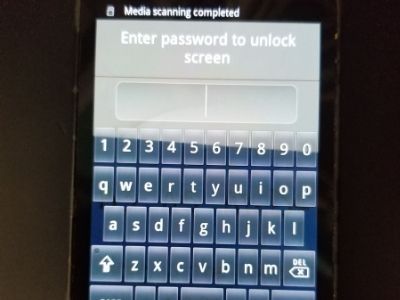
Old Cell Phone Puzzle
Take a photo with an old cell phone. Save the photo as the background. Then set the screen lock on an old phone. The kids will have to crack the screen lock to see the photo clue on the screen.

Blacklight flashlight and invisible pens
Use an invisible pen to write an secret message. The message will only be visible when a black light is shined directly on it. The blacklight flashlights makes it easy for kids to see the message, when they know where to look.
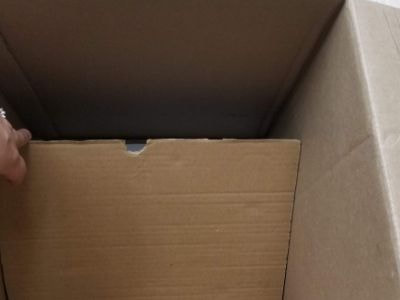
False Bottom Box
Use a cardboard box. Create a false bottom by cutting a piece of cardboard that fits snugly into the bottom of the box. This allows you to place thin items, documents or a small keys= under the cardboard. You can then put random items in the box which will have to be removed for kids to see that there is a false bottom to the box.

Dated Photo Puzzles
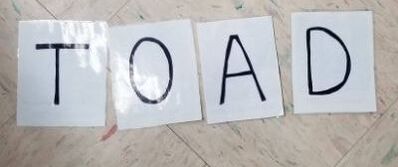
Print off a few photos, add a date to each photo. You will use a word or number combination lock for the dated photos puzzle. You
will need one photo for each number or letter in the lock code. On the back of every photo write one letter or number. Kids will find every photo and put them in order by date, then flip them over to reveal a complete word or number.
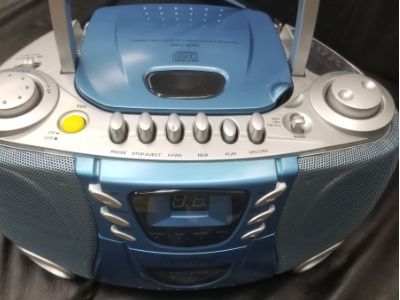
CD & CD Player Audio Clue
If your computer still has the capability to burn a CD and you have an old CD player you can make a recording, a verbal clue or hint or instruction. Remove the batteries and cord from the CD player. Hide the batteries around the room or inside other locked areas. Kids will have to gather all the batteries before they can hear the message on the CD.

Hidden object and X Marks to spot
Hide an important piece of information really well in the room. Create a simple floor plan map of the room. On the floor plan place an X where the information is hidden. Kids will have to search the area thoroughly to find the hint or clue you hide.
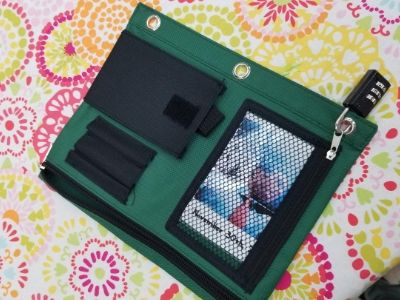
Locked Pencil Case
Find a pencil case with binder holes. Put important clues or hints inside the pencil case. Use a lock to secure the zipper hole to the binder holes. Kids will need to figure out the code before they can see what is inside the pencil case.
Lock Escape Room Ideas for Kids
Locks are an important part of an escape room. In order to have a successful and enjoyable escape room you need puzzles, props and a variety of locks. Below are some ideas to keep your escape room engaging for kids. The links go to the best priced locks of its kind on Amazon.
Key Lock, number locks & Letter Locks
These three locks are the basic simple locks you will see. This lock can be used to to hold shut small items like scissors or a pencil case.

Locking File Box
A lockable File Box is an easy way to keep items locked away until the kids find the key to open it. The file box allows you to hide larger items such as the blacklight flashlight, a CD, or an old cell phone for example.

Bike Lock
A traditional bike lock can be used to hold shut cupboard or closet doors. The kids will have to figure out the combination before they can open the lock and the doors. The bike lock makes it easy to hide really big items like the locked file box, or a CD player.

Push Combination Lock Box
The push combination lock box allows you to hide small things like keys, or small notes. Kids will have to figure out the combination to get into this lock box.

Digital Safe Lock Box
This digital safe lock box adds an authentic feel to your escape room. It has a programmable key pad as well as two safety keys. This is a fun one to end on! Kids will have to figure out the code and enter it correctly to open the safe.

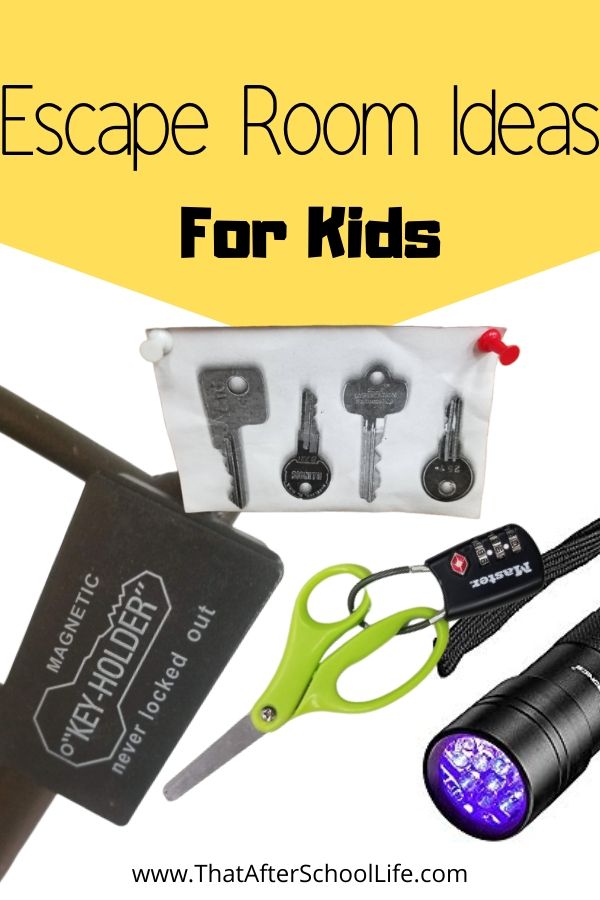





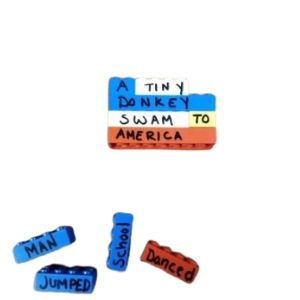
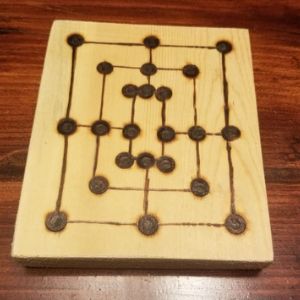
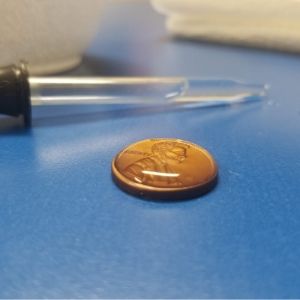
Pingback: 50 After School and Camp Theme Ideas - That After School Life
Pingback: How to Make Secret Agent IDs for Kids - That After School Life
Pingback: Treasure Hunt Clues and Puzzles for Kids - That After School Life
Pingback: 27 Classroom Incentive Ideas that Actually Work - That After School Life
Loved the ideas! Thanks so much for posting!